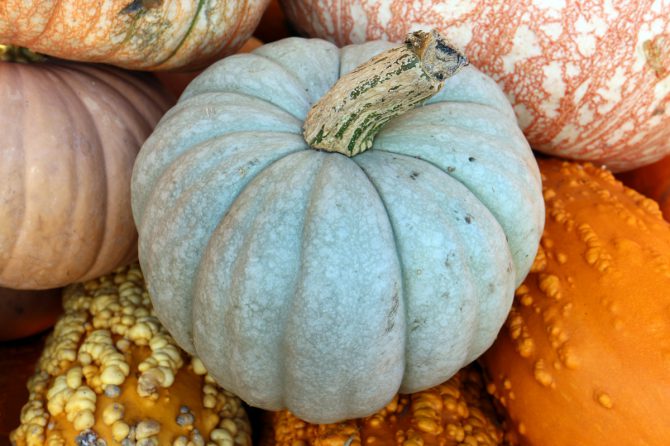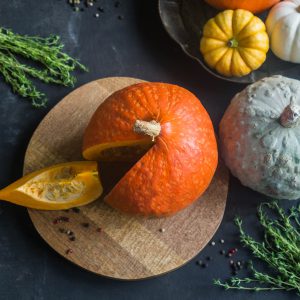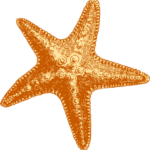
Savory cooking ideas with colorful, vitamin-rich squash
There are many varieties of squash including both summer and winter types. You may recognize summer squash like green and yellow zucchini and crookneck squash. These types are typically available in summer but can be found year-round in most markets. Winter squash tend to be available later in the fall and early winter but these, too, can be found year round, making summer/winter varieties more based on usage than growing seasons.
Both summer and winter squash are highly nutritious and can be eaten raw or cooked. Winter squash varieties include acorn, banana, butternut, Hubbard, spaghetti squash and pumpkin, to name a few. We tend to associate these varieties with fall and use them in our Thanksgiving and holiday meals.
 Winter squash comes in round, elongated and pear-shapes with green, yellow or orange skins. They can range from yellow to bright orange inside. They grow on vines and take longer to mature than summer varieties. They are rich in vitamins and minerals including beta carotene, vitamins C and E, folate, calcium and potassium. They contain no fat or dietary cholesterol and can be roasted, baked, pureed or sautéed. You can also roast the seeds for a crunchy, high-fiber snack.
Winter squash comes in round, elongated and pear-shapes with green, yellow or orange skins. They can range from yellow to bright orange inside. They grow on vines and take longer to mature than summer varieties. They are rich in vitamins and minerals including beta carotene, vitamins C and E, folate, calcium and potassium. They contain no fat or dietary cholesterol and can be roasted, baked, pureed or sautéed. You can also roast the seeds for a crunchy, high-fiber snack.
Most people are familiar with using pumpkin puree in pies, cakes and muffins. Butternut squash is usually boiled and mashed, served with a sprinkle of pecans. Acorn squash is often cut in half and baked in the oven. Many have never heard of spaghetti squash. This is a watermelon-shaped, yellow-skinned squash. Its interior separates into long, spaghetti-like strands. It can be boiled like spaghetti or used raw in salads. You can also slice lengthwise and bake (cut side down) in a shallow pan of water. Bake at 375º for 30 to 40 minutes. Once cooked, rake the squash out of the skin with a fork. Use instead of pasta since it contains only 40 calories per cup compared to 200 in wheat pasta. And your kids will love it.
Winter squash is a colorful, delicious and nutritious addition to a healthy diet. It is inexpensive and can stored long periods if kept cool. It can be prepared in a variety of ways, giving you and your family plenty of options. Try adding this nutrition powerhouse to your weekly menu.
Download: Winter Squash fact & recipe sheet
Article by Stephanie Polizzi, MPH, RDN, and fact sheet provided by Oregon State University Extension Service with Healthy Bytes Community Networking Initiative.
Leave a reply
